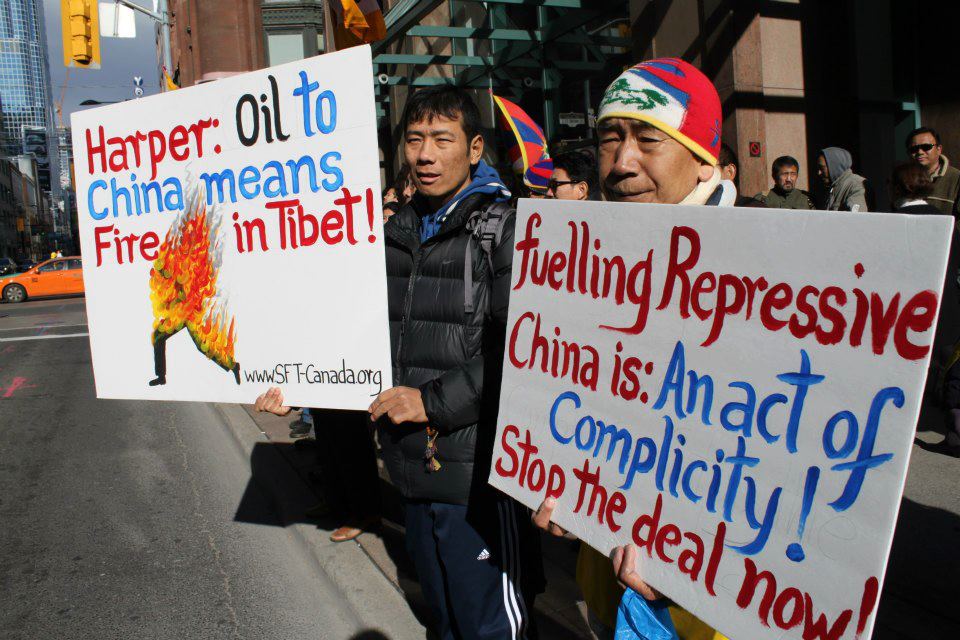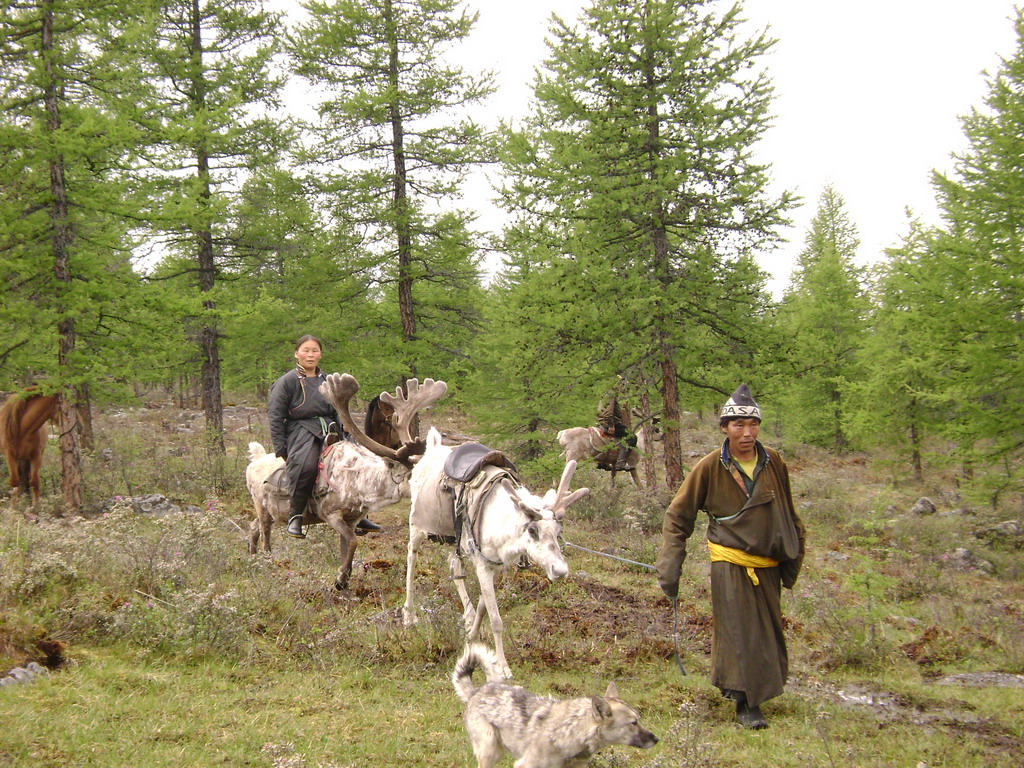The Tibetan people consider themselves an occupied nation rather than an indigenous people but share many characteristics with indigenous peoples. Tibet was brought under full control by the People’s Republic of China in 1959. The popular uprising in Tibet’s capital Lhasa on 10 March 1959 led to the flight of Tibet’s spiritual and political leader, the 14th Dalai Lama, and with him thousands of Tibetans, into exile. The Dalai Lama has established a Tibetan Government in Exile in India while Tibet remains under Chinese occupation. The approximately 127,000 Tibetans in exile account for about 3 percent of the total Tibetan population of an estimated six million, of which around a half lives in the Chinese-labeled Tibet Autonomous Region (TAR), while the other half lives in Eastern Tibetan autonomous regions in a number of Chinese provinces.
International Work Group for Indigenous Affairs, The Indigenous World 2011




